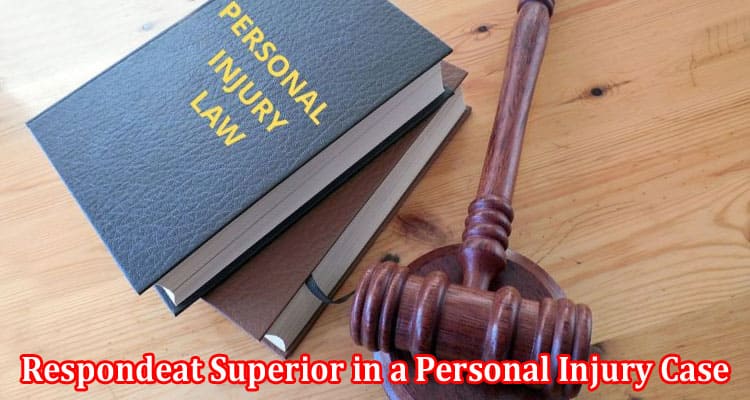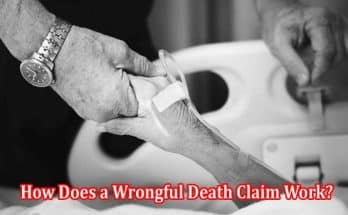Back in the 17th century, the English common law courts came up with a legal doctrine to hold employers accountable for the actions of their employees. This doctrine was named “Respondeat Superior”. In English, it means “let the master answer”.
In the years that followed, the US as well as other countries adopted and adapted to this doctrine. And, with the frequency of personal injury cases, it’s no surprise that this doctrine has become a fundamental principle around the world.
Your best bet at legal success would be to choose Reinartz Law Firm for your personal injury case. Such reputable law firms understand the nitty-gritty of the respondeat superior doctrine and make sure that you get through the process without facing any issues.
What is the Principle of the Respondeat Superior?
As mentioned earlier, the principle of the respondeat superior is founded on the notion that employers should be held responsible for damages caused by their employees.
This principle applies to a wide range of situations, from a clerk in a store to a doctor in the hospital.
The victim of the situation is the primary beneficiary of the doctrine. They are entitled to compensation for their losses from the employer, who is in a better financial position than the employee.
When Does the Respondeat Superior Doctrine Hold Power?
Here are some of the scenarios where the respondeat superior doctrine holds power:
- The actions causing harm to the victim are closely related to the tasks the employee was hired to perform.
- The tasks were permitted by the employer.
- The harm was done during the employee’s working hours or when they were engaged in activities that are part of their job responsibilities.
- The actions of the employee at the time of the accident are beneficial to the employer. This benefit can be financial, operational, or related to the overall objectives of the business.
- The employer has some form of control over the activities of the employee.
What Evidence Do You Have To Show to the Court When Respondeat Superior Doctrine Is In Play?
When you have a personal injury case against an employer, you would have to meet specific requirements for them to be held accountable.
All of the requirements have been mentioned above. However, the law requires you to perform two tests to determine whether or not the respondeat superior doctrine should be upheld in your case.
The Benefits Test
The sole purpose of this test is to prove to the court that the employee was acting in a position that benefits the employer. Questions would be asked to ascertain whether or not the employee was acting under instructions or for social or recreational purposes.
If the activity that caused the harm was an optional one, the employer is not likely to be held accountable for the damage.
The Characteristics Test
The assessment in this section goes to prove whether or not the actions are a common part of the job. For example, if a logistics driver runs into a car while on the job, the employer can be held liable.
However, if it is proven that they were using the vehicle for personal purposes (such as commercial driving) during the time of the accident, the employer is in no way responsible for the damages.
FAQs
Who qualifies as an employee under the respondeat superior doctrine?
An employee is someone hired by an employer under an employment contract who receives wages and follows company directives. Independent contractors aren’t usually considered employees.
Are employers always liable for employee actions in a personal injury case?
Not always. For the respondeat superior doctrine to apply, the employee’s actions must have occurred within the scope of their employment. If the act was unrelated to their job duties, the employer might not be held liable.
What defenses can employers use against the respondeat superior doctrine?
Employers may argue that the employee’s actions were outside the scope of employment or that the employee was acting for personal reasons unrelated to work.




